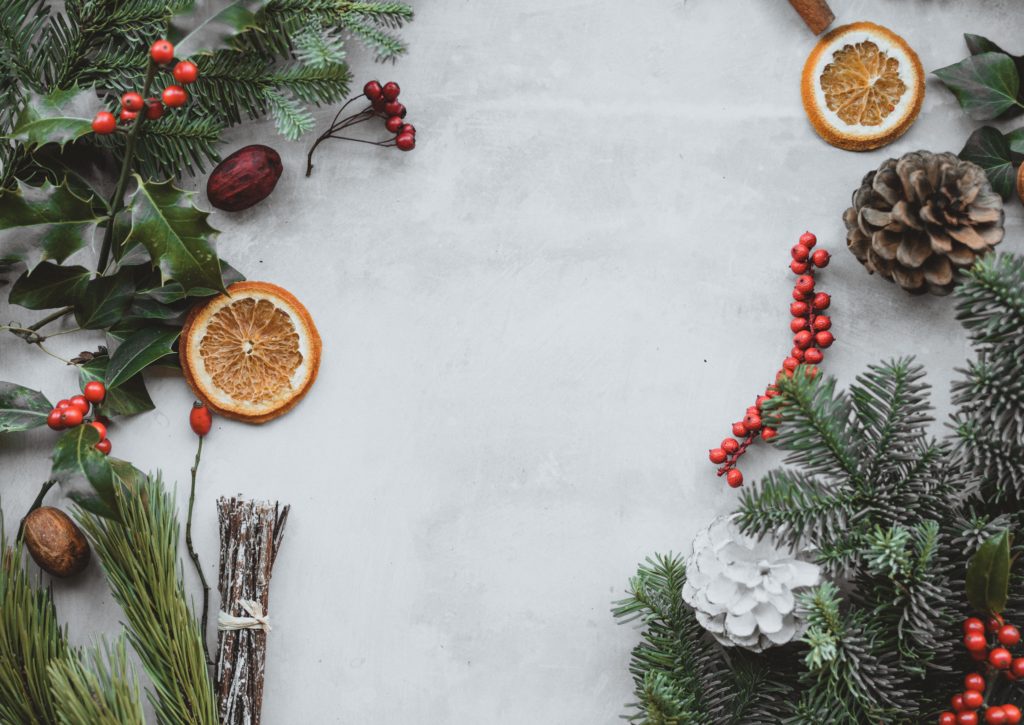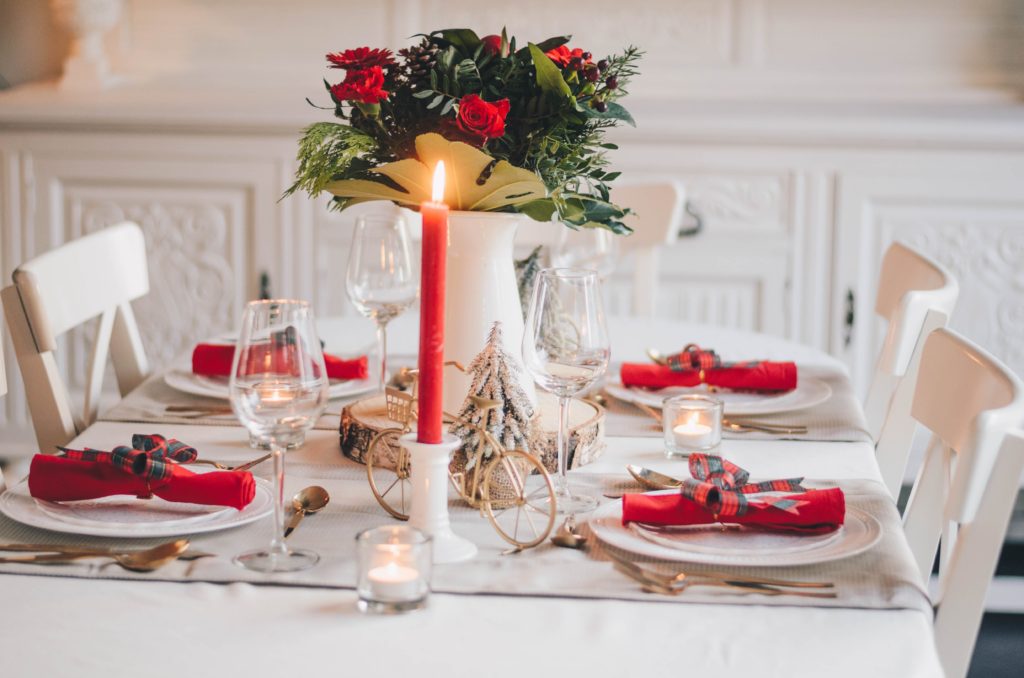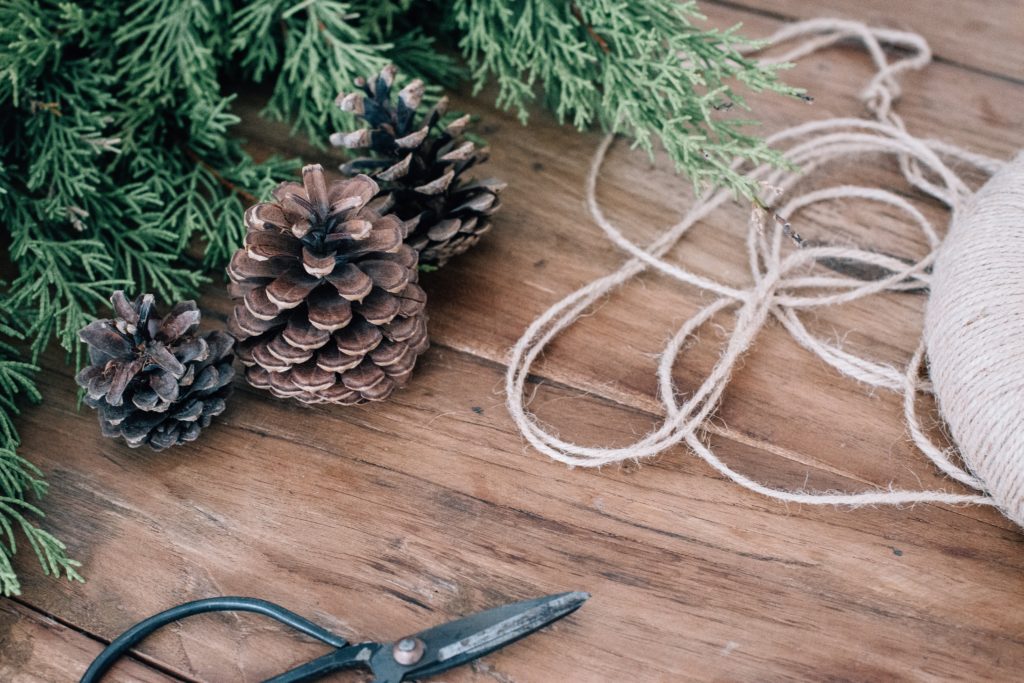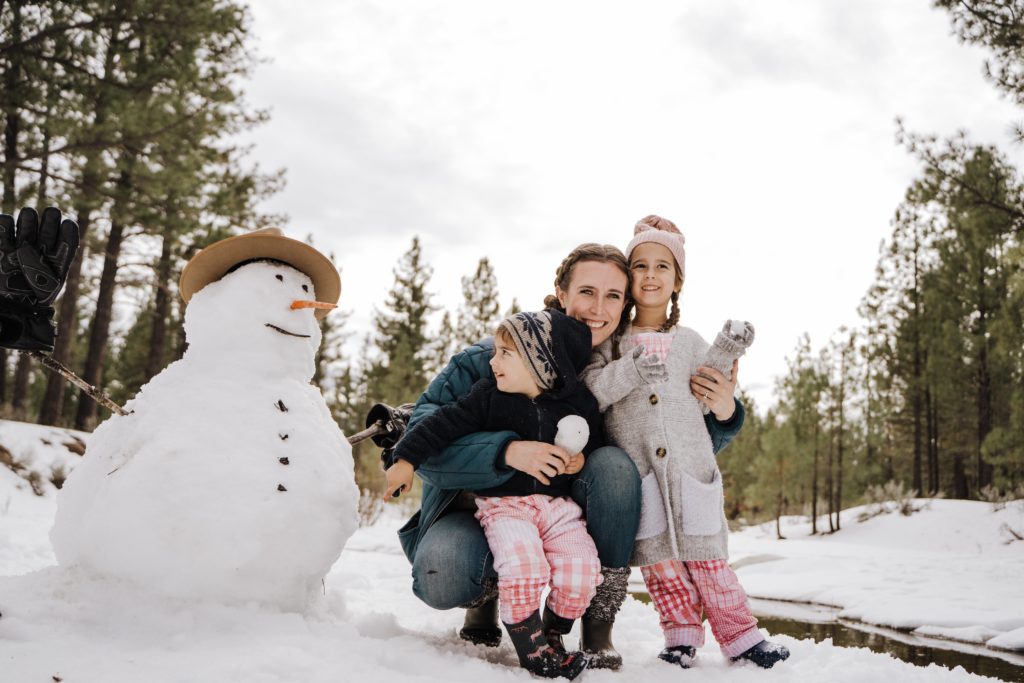In some countries, the most magical season of the year is near. Even though this is a special season of happiness and love, stats demonstrate that people tend to exceed consumption. But how about living a more sustainable Christmas?
If you are celebrating this special moment, you can use creativity and skills to find great alternatives to save money and reduce your impact environmentally-wise.Being more mindful of things will eventually lead to a lovely time and a low-waste Holiday season.
From the Christmas tree options to decorations and gifts, we share below some alternatives and tips to enjoy a more sustainable Christmas.
How to get an eco-friendly Christmas tree?

Oh, the Christmas tree! It is a must-have for this festive season!
Who doesnt love to gather the family to decorate a Christmas tree? The hardest decision is to decide which type and size of Christmas Tree. Mind that reusing your tree or having a real tree is a better sustainable option than purchasing a plastic one.
According to Nature, around 10 million artificial trees are purchased every year in the U.S. 90% come from China, raising the carbon footprint due to transportation. Most of them end up in landfills.
Well, here are some sustainable Christmas tree options.
Nothing is better than taking your tree from the attic or storage and reusing it over and over.
On average, you should reuse your plastic tree for at least 10 years to be a valid option and keep the environmental impact lower than a real tree. Anyway, the end of life of a plastic tree will always impact the environment negatively. So if you dont have one, dont buy one.
If you dont have one to reuse, you can always rent a real tree that you assure will be replanted afterwards. You just need to take care of it during the festive time and return it :)
As a result, it wont take you storage space, and it doesnt end up in a landfill. Win-win.
Nowadays, there are multiple tree-renting projects worldwide.
To give you some examples, you have projects in London, Lisbon/Oporto, California. The National Christmas Tree Association helps you find your real tree all around the U.S.
But guess what? No one told you how your tree should be! Be creative!
If you are a plant lover, I bet you have a plant you can embellish with Christmas Lights and Ribbons. Instantly, you get a modern and unique Tree :D
However, if you dont have plants but want to give a natural feeling to your house, you can buy one that looks great with decorations at this time of the year.
Or perhaps you have a beautiful tree in your garden with a great shape to make your Christmas tree.
You can make your own Christmas Tree by using materials you have at home or fallen wood. Hang it on the wall or find ways to make sure it doesnt fall. And dont forget to make it reusable.
Pinterest can be your best friend to find great DIY ideas. This can be a fun family exercise.
Sustainable Christmas Decorations

How to assure a more sustainable decoration?
No one skips the Christmas decorations to adorn trees, fireplaces, tables and walls. And there are plenty of options for more sustainable Christmas decorations.
After a certain amount of usage, its normal to get bored with your Christmas decorations, but a large part of the decorations are made of plastic and glass that cant be recycled. For that reason, you must be mindful of what you will do with it and discard is the last option.
Reusing what you have is always the best option. Anyway, you can try to repurpose it by coupling ornaments together, recolouring to give a different touch or combining it with other daily objects you have at your home while keeping the Christmas spirit. Even broken decorations can have a second life.
As you might be bored with your decorations, maybe someone close to you feels the same. In other words, you just need to ask, swap with a friend, and both will be happy with new decors without spending a cent.
If you dont find a friend willing to trade it, you can look for an association or individual to donate it.
Upcycling materials you have to decorate everything at your place can refresh your decorations. From using corks to plastic bottles and cans, the number of ideas is immense. For example, Green queen shares 15 great ideas.
Looking for new Christmas decorations? Then, choose decorations made of wood, wool, rattan, recycled glass, hemp or other natural material that can be durable, biodegradable and recyclable. But first, think about buying second-hand ornaments. You can find some options at the second-hand store or preloved.
If you cant find what you want, buy it locally to support the local community.
Furthermore, take these tips to decorate the Christmas table. Try to use natural elements you can pick from your garden or neighbourhood.
Ah! And avoid single-use ornaments.
Lights give a brighter sense to this festive time. However, the electricity bill at the end of the month doesnt make you happy. Moreover, it drains natural resources.
Again, reuse what you have. However, you can always set some rules to diminish the impact of your lighting by using less indoor and outdoor lighting and turning off all the Christmas lights at bedtime.
LED holiday lights use up to 95% less energy, making them a better option to save resources. Moreover, the planet will thank you if you embrace low-voltage Christmas lights. Remember to discard your previous lights consciously or donate them to some institution.
Sustainable Christmas Dinner

How to make a low-waste Christmas dinner?
Well, food gathers the family at the table for a loving and warmful meal. However, we tend to overbuy food to present a table that satisfies the eyes and fills our bellies until we roll over.
Unfortunately, it is estimated that over four million Christmas dinners are thrown away every year only in the UK. By following the tips below, you will be better prepared to prevent food waste and prepare a more conscious and eco-friendly meal.
To start with, plan the menu in advance to cook a tasty meal for your guests without overbuying products.
Before going to a local shop, write a practical grocery list to shop for what you only need for your tasty recipes. Take your reusable bags with you and look for loose ingredients and low-packaging items.
Also, mind the quantities. Someone in your family will always bring some extra drinks, appetizers or dessert.
Moreover, dont buy traditional items for the sake of buying them if you know that no one will eat them.
In short, meat and dairy products imply a bigger carbon footprint and resource usage. The food industry has a bigger contribution to carbon emissions than the transportation industry.
Thus, if you plan to make two or three recipes, think about making one or two plant-based recipes. Above all, if you want to diminish your impact much as possible, plan a plant-based menu from the main course to desserts.
Remember to use seasonal local ingredients raised by conscious agricultural practices. It reduces the energy and resources spent during production and transportation. Check Kuri App to get some ideas.
As a result, you will have a delicious and eco-friendlier meal.
Probably, the table will end the night with leftovers from your Christmas dinner. But you can avoid contributing to the food waste statistics.
Plan creative meals with your Christmas leftovers or make space in your freezer to save it for another day, for example. Or share them with your neighbours through OLIO.
Also, give your guests a portion of meals and dessert at the end of the night. Preferably, borrow them a Tupperware or recipient for the food to avoid disposable recipients.
In conclusion, another option is a donation. You can donate the leftovers to local food banks like Refood or homeless charities in your neighbourhood. Search the organizations, give hot meals and generate happy smiles for a night.
Sustainable Christmas Gifts and Wrapping:

How to give greener gifts?
We expect the joy of the kids unwrapping their gifts and seeing the smile of a friend or familiar after glazing at the gift we gave. It feels good!
However, Mind your Plastic shares that 540,000 tonnes of wrapping paperare thrown out, in Canada after the holidays. In addition, the majority of wrapping paper is not locally recyclable.
Above all, the good thing is we can spark joy with greener and more sustainable wrapping and gift alternatives.
Firstly, choose quality over quantity. Dont get trapped in trying to give too many gifts or spending silly money.
And Secondly, be thoughtful. Select wisely each gift with utility, meaning, and purpose. And think about the materials and the ethical side of the gift itself for long-lasting life. If it can be plastic-free, even better.
Give some love to the local shops or in the local Christmas marketplace.
If you lack ideas for eco-friendly gifts, inspire yourself here. Also, check these guides (The Good Shopping Guide or the Small list, Big Impact gift guide by Goodfind) if you are looking for ethical brands to buy from.
Paying attention to the talks of your friends and family gives you the chance to know what would be relevant to give. Moreover, you're making sure you dont give unwanted gifts. Check what you can avoid buying.
So, make a list of potential gifts for each person to make them truly happy.
How many unwanted gifts have you ever received? Well, it happens that 61% of Americans and 50.77% of British adults get at least one unwanted gift.
As an option, you could regift this year your unwanted gifts. Please, make sure to give it to a person you believe will love the gift. Otherwise, you are just keeping the loop.
Putting your effort into handmade gifts makes them emotionally valuable to the presented person. Furthermore, you save money in the process and the environment.
Put your hands on baking, crafting, or painting. Use your talented skills and get creative.
Wrapping papers covered with tape, glitter, and ribbons are impossible to recycle due to the combination of materials.
Wrapping gifts doesn't need to be rocket science. Your imagination is the answer to a more sustainable present.
Hence, reuse the wrapping paper, ribbons, and bows you kept. Get creative and wrap the gifts with what you have in-house, from newspapers to magazines and old fabrics. Pinterest can give you some help.
Also, wrap your gifts carefully to keep the paper and ribbons for future gifts.
You might not have enough wrapping paper at home.
Therefore, opt for FSC-certified recyclable wrapping paper or brown eco-friendly paper. Fabrap has great and sustainable solutions for wrapping.
Avoid glittered, glossy, and metallic wrapping paper. Also, spare the tape and use tape-free technique alternatives. You can embellish the present with strings or ribbons and leaves.
Make any wrap reusable and unique with a natural touch. Above all, simple and few packaging is enough.
Christmas cards have a short lifespan. But if it means a lot to you to give it to your loved ones, here are great options.
Handmade your own cards, using paper, pen, and other utensils you possess. Create personal and inspiring messages.
Get plantable Christmas cards to offer. This way, you are giving an important message that can root a new life.
As a digital alternative, you can send Christmas e-cards by email to your friends and family. You can easily design them with the free and intuitive software Canva.
How about the Secret Santa between friends or family members? Its a great alternative to over-gifting.
Everyone gives and receives a special present on a budget, making everyone happy without spending too much money.
Grab a Santa hat, place in it all the papers with names to draw, and find out who to give the gift in advance to have time to buy a relevant present for each one.
This way, quality is more important than quantity.
Celebrate your sustainable Christmas Intentionally

Christmas is about giving and sharing love. Emotions are more important than materials. Impulsive buying and new stuff collecting dust in your drawers every year dont feel like something we are looking forward to. isn't the answer as we are tempted to.
Be thoughtful about what you do and buy, where you buy, and how you buy. Give less but with more meaning.
Enjoy a more thoughtful, intentional, and low-waste holiday. In the end, all we want is to gather our family and friends, have a warmful talk, and share a moment of joy and happiness all together.
Embrace these ideas, to begin with, and adopt more conscious habits this holiday. As you can see, creativity and imagination can help you enjoy a more sustainable Christmas without compromising your emotions, your wallet, and the environment.
Enjoy this wonderful time. Merry Green Christmas.
__________
If you want to learn more stories from startups in the impact space to help you adopt a more sustainable life, check out the series: Work for Impact Meets.
